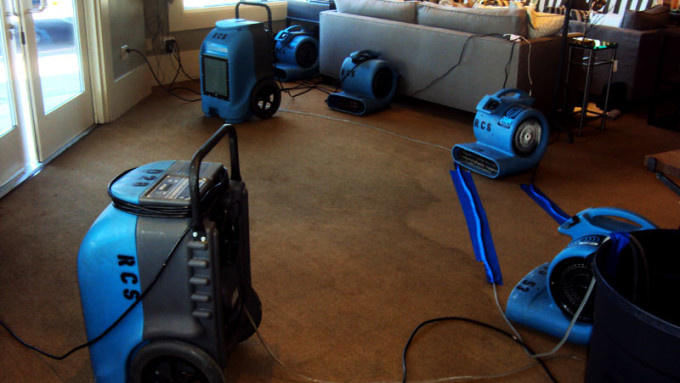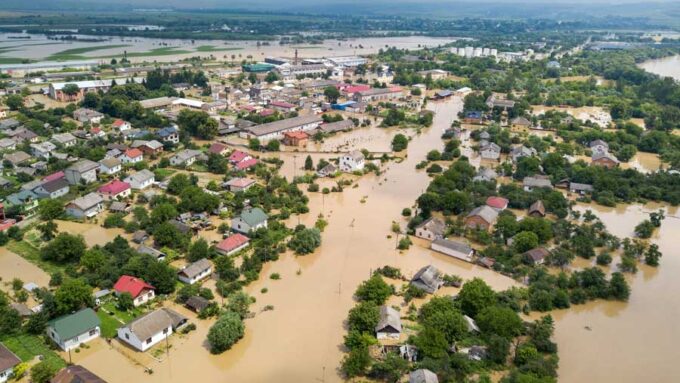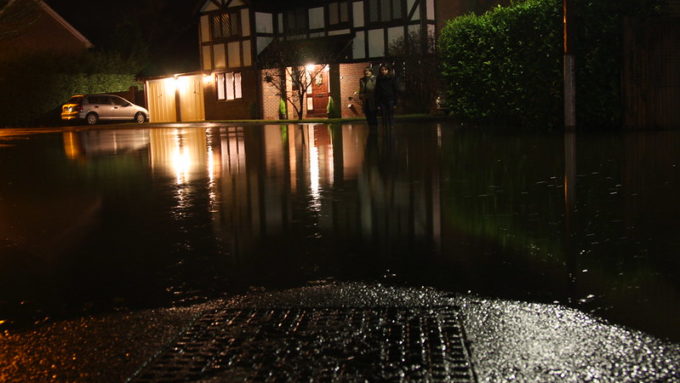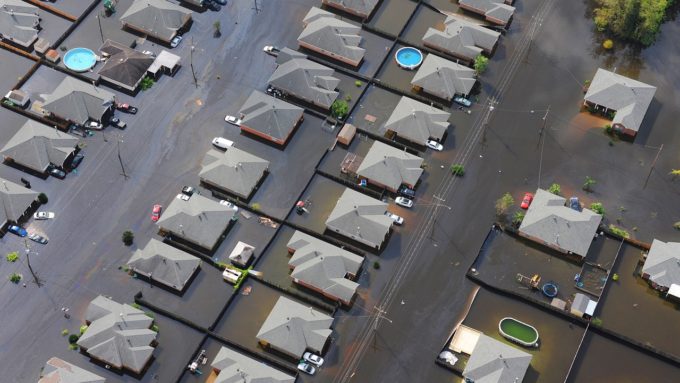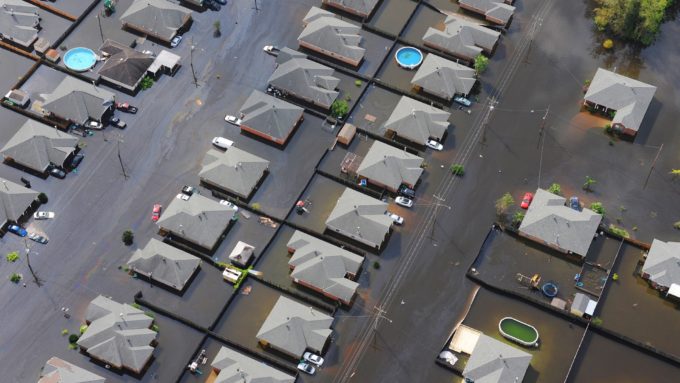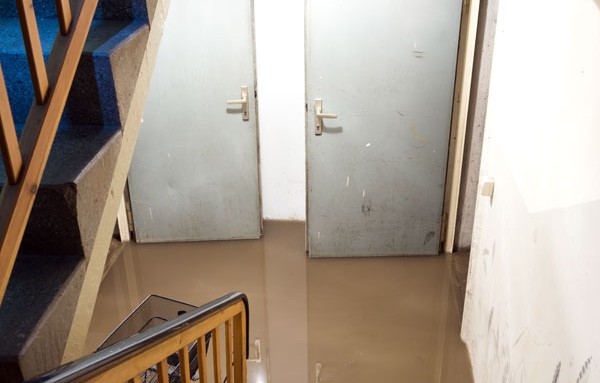When facing the challenge of extensive water damage, understanding the latest advancements and methods in restoration is crucial to a safe, healthy home.
This comprehensive guide will delve into the essentials of water damage restoration, outlining the state-of-the-art technologies and best practices in the industry. We’ll explore how these advancements improve efficiency, safety, and outcomes in tackling water damage in 2024.
| Topic | Key Points |
|---|---|
| The Science of Water Damage | Understanding types of water damage and its impact |
| Innovative Technologies in Restoration | State-of-the-art equipment and techniques |
| The Restoration Process | Step-by-step guide to water damage restoration |
| Mold Remediation | Importance and methods of mold removal |
| Final Thoughts | Emphasis on professional intervention and future prevention |
The Science of Water Damage
Understanding water damage begins with recognizing its various types. Each type poses unique challenges and requires a specific approach for effective restoration. Below is a table highlighting the different types of water damage:
| Types of Water Damage | Description | Potential Risks |
|---|---|---|
| Clean Water Damage | Originates from sanitary sources such as broken pipes or water supply lines. | Minimal health risk, but can quickly escalate if not addressed promptly. |
| Grey Water Damage | Comes from sources like washing machines, dishwashers, or toilet overflows with urine (no feces). | Contains contaminants that could cause illness if ingested or contacted. |
| Black Water Damage | Highly contaminated water from sources like sewage, rising flood waters, or toilet backflows with feces. | Presents severe health risks due to pathogens and toxins; requires immediate attention. |
The implications of water damage are far-reaching, affecting not just the structure of a property but also the health of its occupants. Prolonged exposure to damp environments can lead to mold growth, which has its own set of health concerns. It’s crucial to identify the type of water damage early to formulate an effective restoration strategy.
Innovative Technologies in Restoration
The field of water damage restoration has seen significant technological advancements, leading to more efficient and effective processes. Some of these state-of-the-art tools include:
- High-speed air movers: These devices facilitate faster drying by increasing air circulation.
- Dehumidifiers: Essential in reducing moisture levels, dehumidifiers prevent mold growth and secondary water damage.
- Thermal imaging cameras: These cameras detect hidden moisture, ensuring thorough drying.
- Ultrasonic cleaning: Used for cleaning and restoring delicate items damaged by water.
The Restoration Process
The process of restoring water-damaged properties involves several critical steps:
- Inspection and Assessment: A thorough examination to categorize the type of water damage and outline the restoration plan.
- Water Extraction: Removing excess water as quickly as possible is vital to prevent further damage and mold growth. For more on water extraction techniques, visit Water Extraction.
- Drying and Dehumidification: After water removal, the area must be dried and dehumidified to eliminate residual moisture.
- Cleaning and Sanitizing: Ensuring the property is clean and sanitary is critical, especially in cases of grey or black water contamination.
- Restoration: This final step involves repairing or replacing damaged materials, from drywall and flooring to electrical systems.
As we conclude this basic overview of the water damage restoration process, it’s important to remember that each situation is unique and may require specific approaches. While the steps outlined provide a general framework, the complexities of water damage restoration often demand a professional touch.
A quality water remediation specialist can offer in-depth insights and tailored solutions for your specific situation. Our local Sonoma County team of experts brings years of experience and specialized knowledge to ensure the most effective and efficient restoration process for your property. Don’t hesitate to reach out to RCS Cares for a more detailed consultation, where we can address your particular needs with the precision and care they deserve.
Mold Remediation
After water damage, mold growth is a significant concern. It’s crucial to address any mold issues promptly to protect the health of the property’s occupants and maintain the integrity of the structure. Mold remediation involves several steps:
- Mold Inspection: Identifying the presence and type of mold is the first step. For insights on mold detection, refer to 10 Warning Signs of Black Mold Exposure.
- Containment and Air Filtration: Preventing the spread of mold spores during the cleanup process is vital.
- Mold Removal: Depending on the extent of the mold, this can range from surface cleaning to removing and replacing affected materials. Learn more about our mold removal services at Mold Removal.
Final Thoughts
Timely and professional water damage restoration is not just about fixing the immediate problem; it’s about safeguarding the future of your property. Professional intervention ensures that every aspect of water damage, including potential mold issues, is addressed comprehensively. Adopting a proactive approach towards maintenance and being aware of the warning signs can help prevent future occurrences.
For more information or to schedule an appointment with our experienced team, feel free to contact Restoration Certified Specialists. We’re here to help you navigate through the challenges of water damage restoration with our expertise and advanced technology solutions.
Disclaimer: The information provided in this article is for educational purposes only. Every water damage situation is unique and requires an individual assessment. It is important to have a professional onsite to conduct a proper evaluation and provide the most accurate and effective solutions for each specific case. This article should not be used as a substitute for professional advice or services. For a detailed and personalized evaluation, always consult with a qualified water damage restoration specialist.

